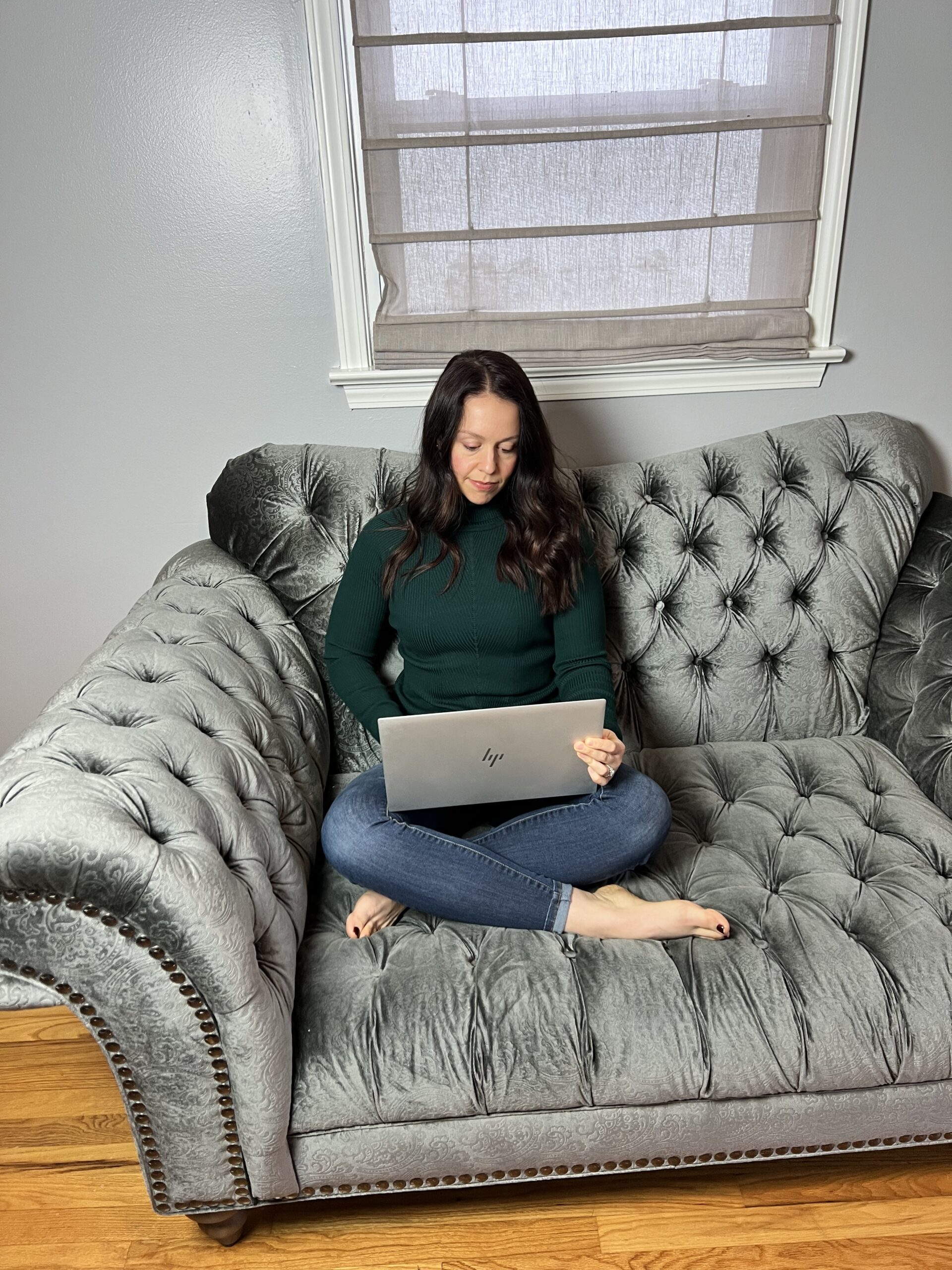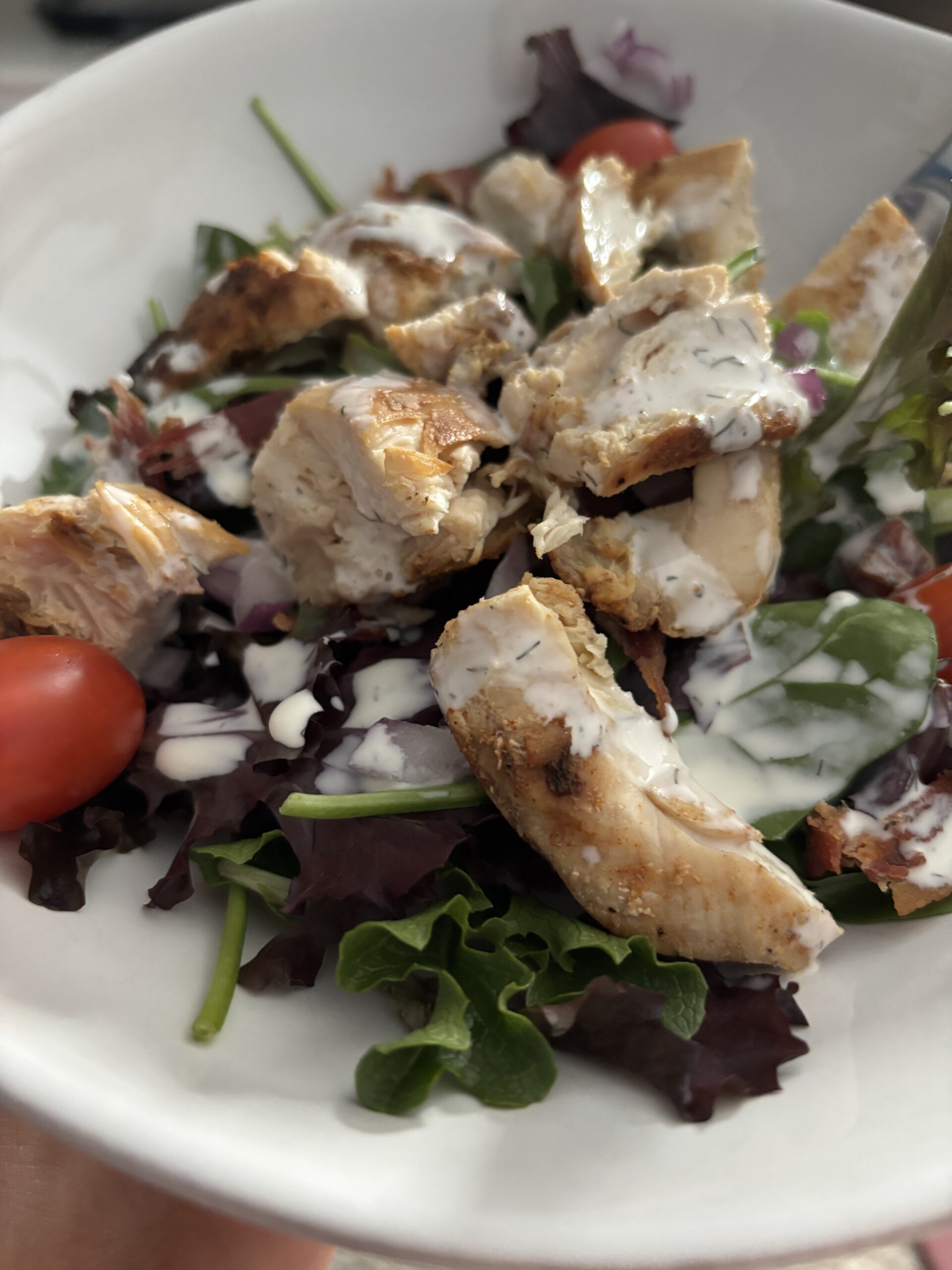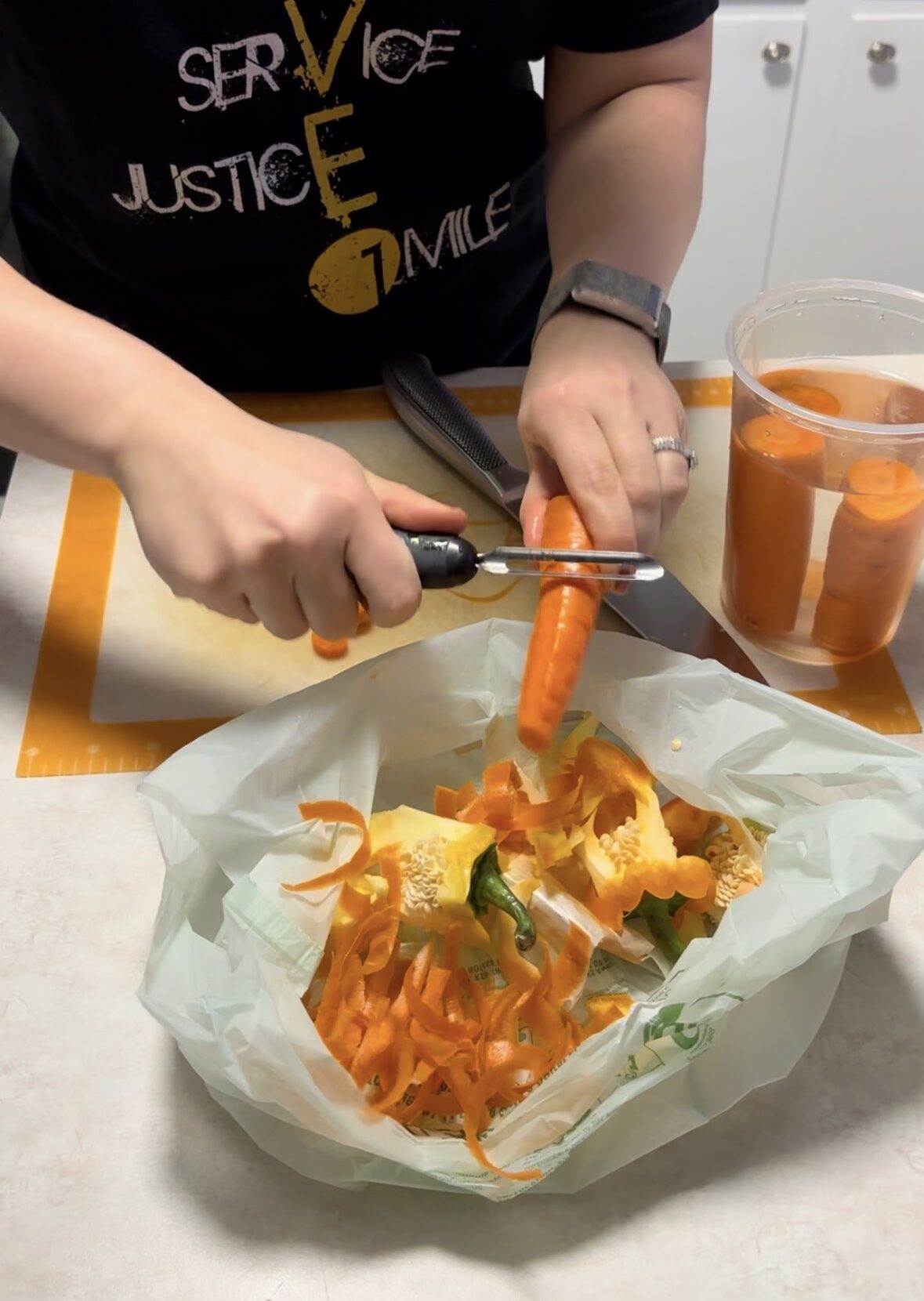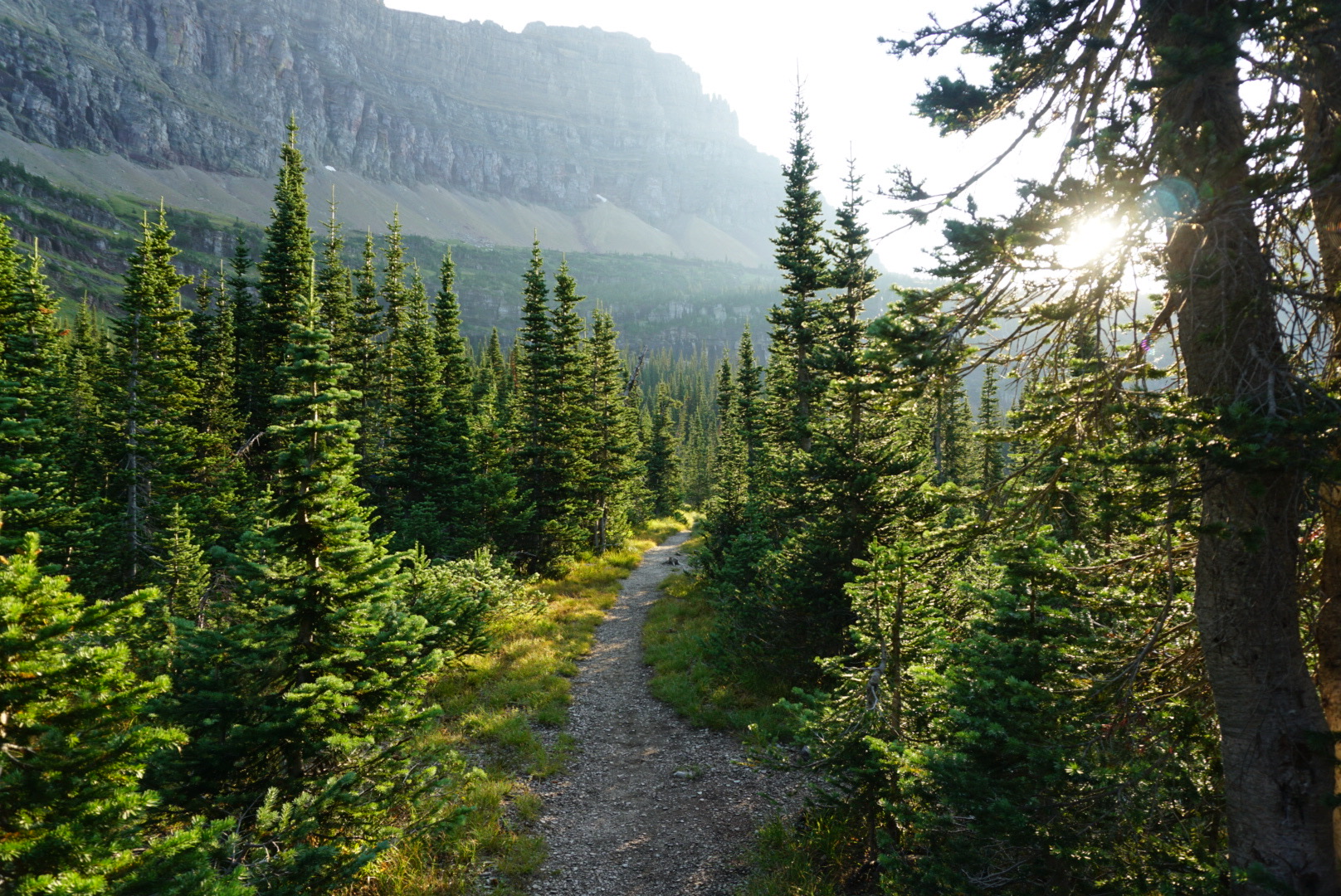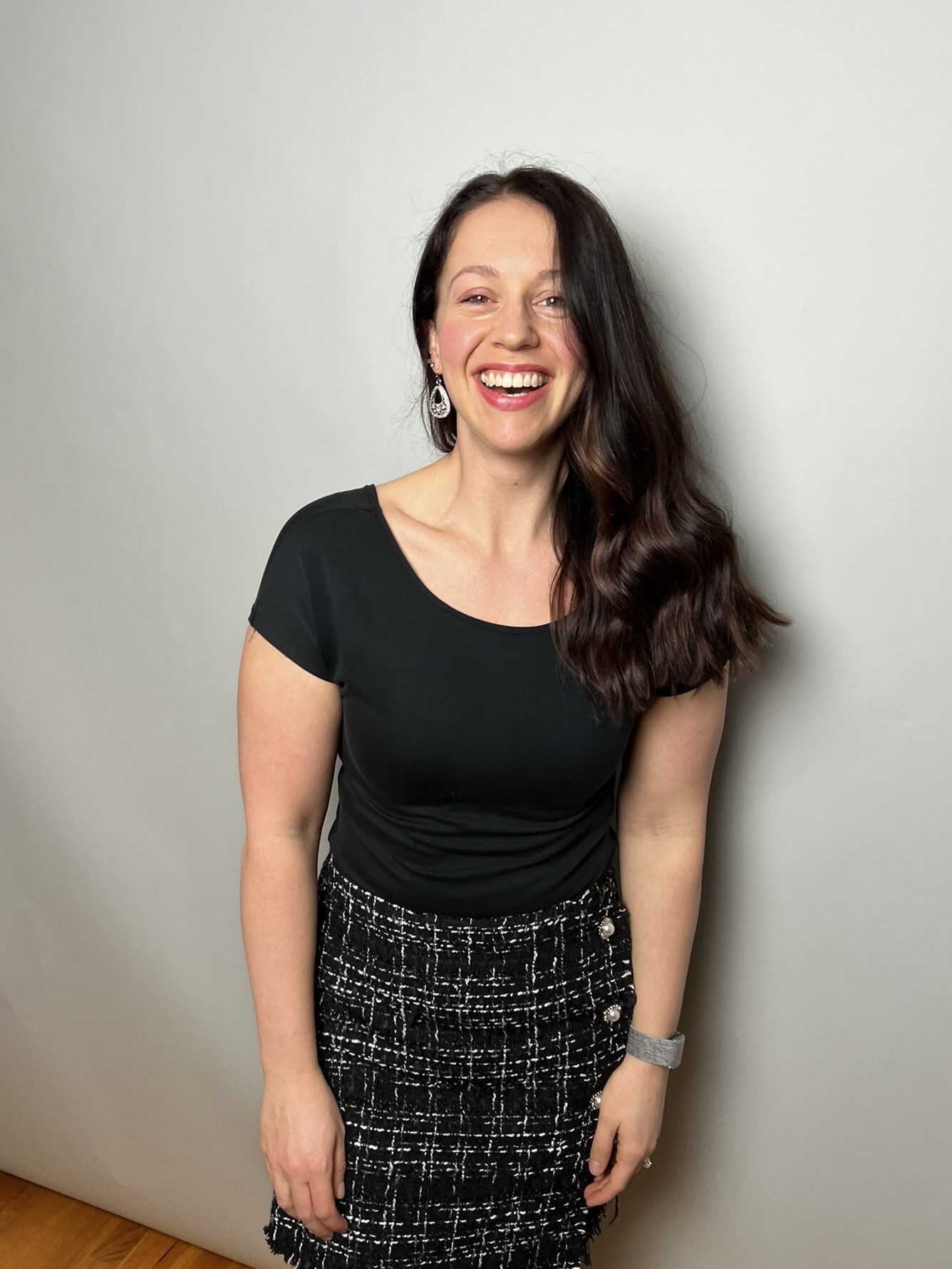What is “rest”?
The Merriam-Webster dictionary defines the verb rest as… “to cease from action or motion” or “to be free from anxiety or disturbance”. That sounds nice, doesn’t it? We live in a society riddled with stress and burnout. Many people in the Western world, myself included, take pride in being too busy. We don’t know how to slow down and our lives are run by our calendars and to-do lists. It’s exhausting. While I have made great strides since my worst burnout days, it’s still a journey and something I have to really focus on.
The post-college days of constant burnout
In 2019 I realized that it had been a long time, probably years, since I actually felt rested. I was always moving at 100 miles per hour and I never paused unless I was forced to. I’m an extrovert and I was living alone at the time. I ended up saying yes to a lot of weeknight and weekend activities. I consistently lived on 6 hours of sleep on weeknights and would attempt to catch up on weekends. I usually worked 45-50 hours per week at my job, spent at least 10-15 hours per week on a volunteer organization that I was passionate about, traveled at least once per month, and had multiple family and social commitments per week.
Halfway through 2019 I went through a lot of changes in my life. I started dating my now-husband, I switched to a new role at my company, and I started an MBA program in the evenings which added another 10 hours per week of work. Towards the end of 2019 I knew I needed to make a change. I needed to find a way to purposely slow down. Burn out and stress were constantly looming. I was also getting sick at least once every few months, which then forced me to take a break. I wanted to be proactive about incorporating intentional rest into my life because I knew that my health was at risk if I didn’t make a change. So I decided I needed a year of rest. My word of the year for 2020 would be REST.
How to rest: my gameplan
I know myself well and I knew I needed to set boundaries and rules for what “rest” meant. Otherwise I would fall back into my same patterns of busyness and distraction. I decided I was going to schedule one rest day per week. It could be on a weeknight or weekend, but the same rules applied. No TV and no social media all day, no social commitments, and no housework (cleaning, laundry, etc.).
At this time I was using Google calendar for my chaotic schedule. To set myself up for success, I would schedule rest days on my calendar. I treated those rest days as commitments to myself and my health. Sometimes I would move them around to another day of the week if something came up, but if I was unable to move my restful day, I would turn down whatever invitation came up.
Also knowing myself well, I created a list of relaxing activities that I was “allowed” to do on restful days. This ensured I wouldn’t get bored or give up on my goal. Some activities on my list were journaling, going for a walk/hike, cooking, going for a drive, listening to music, praying, reading, etc. This is probably too structured for a lot of people, but it really helped me stick to my goal!
My first ever empty schedule…
As 2020 started I wasn’t feeling much better. I didn’t miss any restful days the first two months of the year. Somehow I was still feeling burnt out and not well-rested at all. I was realizing that if I fit the same amount of activity into six days instead of seven, I was just more exhausted when my restful day came around. Somehow I needed to decrease my commitments.
Then, March 2020 (i.e. COVID-19) hit. And immediately everything on my calendar was canceled. A trip for a volunteer organization, a weekend vacation, family commitments, driving to the office, and more. For the first time I had a completely blank slate and I could fill it with whatever I wanted. For the first time, I had really entered a season of rest. I had a lot of good laughs with God about how ironic it was that after two months of trying to “rest” on my own and failing miserably my calendar was almost instantly wiped clean… funny how that happened.
Catching up on all the rest I missed
Honestly for the first few months of the pandemic I spent my time in sweatpants moving from the table (my “office”), to the couch, and then to the bed. I spent a lot of time watching TV, reading books, catching up on sleep, and spending time outside on hikes and walks when the weather was nice. This was the rest I had been craving the first two months of the year. And I got to do these things every day for months on end! The pandemic was by no means glorious. There were many challenges to navigate for a lot of people. But I was able to gain something that I would have been hard pressed to gain at any other time in my life. I’m so grateful that I was forced to slow down, live in the present, and experience all the joyful things in my life.
Helpful resources in my journey of rest
Two of the books I read in 2020 were very impactful on my journey: “How to Break Up with Your Phone” by Catherine Price and “The Ruthless Elimination of Hurry” by John Mark Comer. Reading “How to Break Up with Your Phone” highlighted how much time I was spending on my phone, mostly social media, so I followed the book’s 30-day plan. I ended up staying off social media for about a month. It was a much needed break and gave me more time to focus on other, actually restful activities.
I’ve given up social media for a month at a time in a few other instances since 2020. Although the initial avoidance can be hard, I’ve realized that I don’t really miss it much. I mostly miss seeing pictures from my friends and learning new things from the trustworthy health, fitness, and environmental accounts I follow. But I don’t ever miss mindlessly scrolling through reels or curated posts for me.
“The Ruthless Elimination of Hurry” is truly one of the best books I have ever read. It’s one that I have and will re-read every few years because there is so much knowledge to unpack and so many good practices to implement. The first half of the book goes through the “why” – why is hurry bad and how is it affecting us as humans. The second half of the book goes through four practices to implement to eliminate hurry. I feel convicted every time I read through the book.
What do I want my life to look like?
As I rested and tried implementing different restful practices, I also spent a lot of time reflecting on what my life was like pre-COVID compared to what my life was like mid-COVID. What did I miss about pre-COVID life and what didn’t I miss? What was important to keep in my life post-COVID?
One of the things I discovered is that I simply said yes to too many things pre-COVID. I wanted to empower myself to say no more often to protect the resting time that I had built. I decided to finish out the year as President of a volunteer organization that I was extremely passionate about and then step down from the position and away from the organization altogether. It was an emotional decision because I knew people depended on me. However, I also knew that my own heart and soul alone couldn’t be the only passion in the organization for it to be sustainable and make an impact.
My new normal
I don’t at all want to diminish the chaos and heartache that COVID caused so many people. But the COVID years gave me something that I will be forever grateful for. I learned about myself, I learned what my limits are and how to set boundaries, and I learned how to restore myself. Luckily for me, things have ramped back up to “normal” very slowly. I’ve had time to make cognizant choices about what I will say yes and no to. My normal in 2024 looks a lot different than my normal in 2019 and my body and mind are so grateful for that.
Since 2020, I got married, bought a house, finished my MBA, and had ankle surgery. I’ve had to prioritize different things in different seasons. Sometimes seasons include giving up TV or social media for a month to focus on other priorities. Right now my season includes:
- Non-negotiable bedtime on weeknights at 8:30pm
- TV only on Friday and Saturday
- No social media after 5:00pm
- Prioritizing long, local hikes in preparation for hiking trips this year
- Consistent healthy diet (helps me sleep better)
- Prioritizing silence and talking to God
- Saying no when activities are beginning to take too much time away from my husband or Responsible Journey
Your personal journey of rest
I used to be the last person you’d want to take advice from when it came to rest. I certainly haven’t mastered rest (I’d consider John Mark Comer and Jesus the real masters) but I have come a long way from where I once was. Rest and recovery is now something I feel like I understand. I cannot pour from an empty cup. I cannot give my best away and leave nothing but crankiness for my relationship with my husband. I cannot feel shame for saying no, because it’s allowing me to say a full yes to something that is a higher priority in my life.
Hopefully some of you already know how to rest and recharge yourselves. I’m sure some of you are laughing at me for having to make a list of restful activities I’m “allowed” to do! I hope for others that my beginner journey of learning how to rest would encourage you to take a small step in starting your own restful journey.
SOURCES:
- https://www.merriam-webster.com/dictionary/rest
- How to Break Up with Your Phone, Catherine Price
- The Ruthless Elimination of Hurry, John Mark Comer


